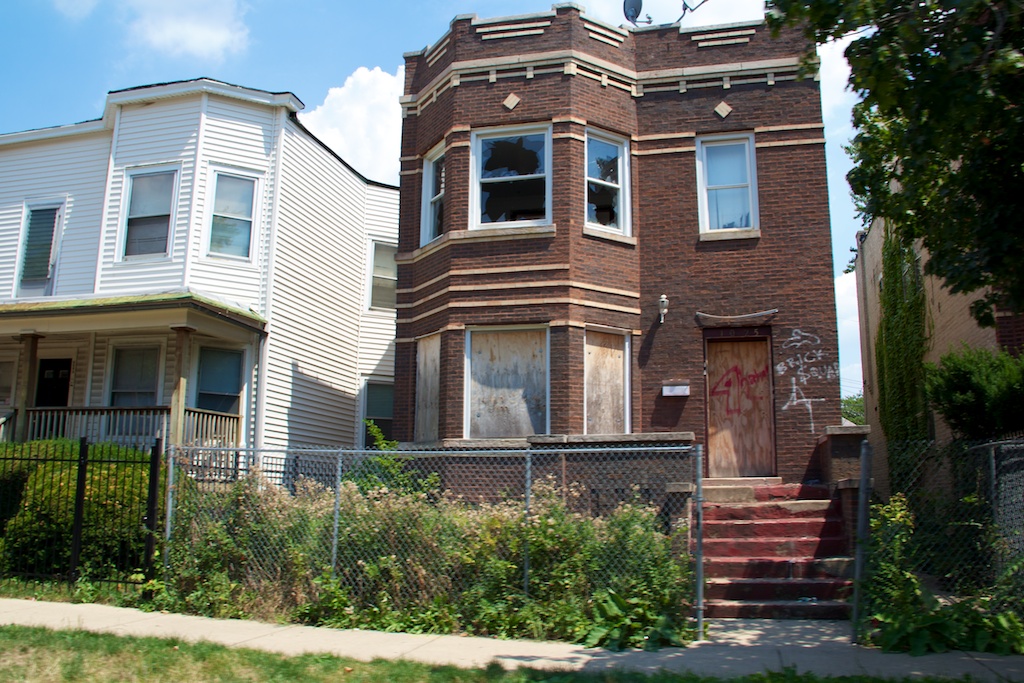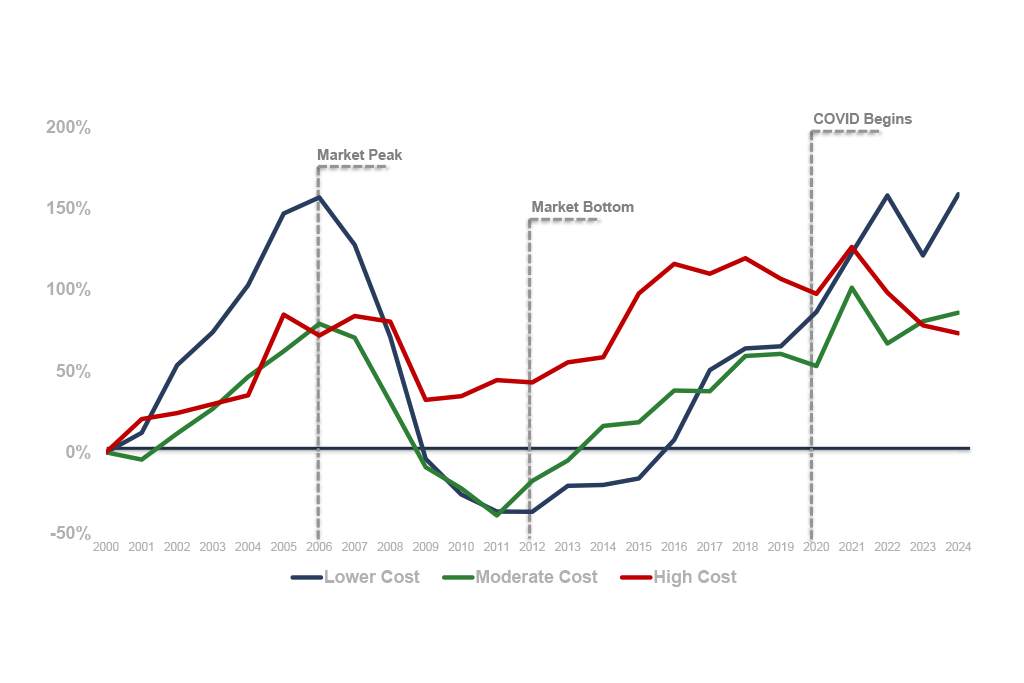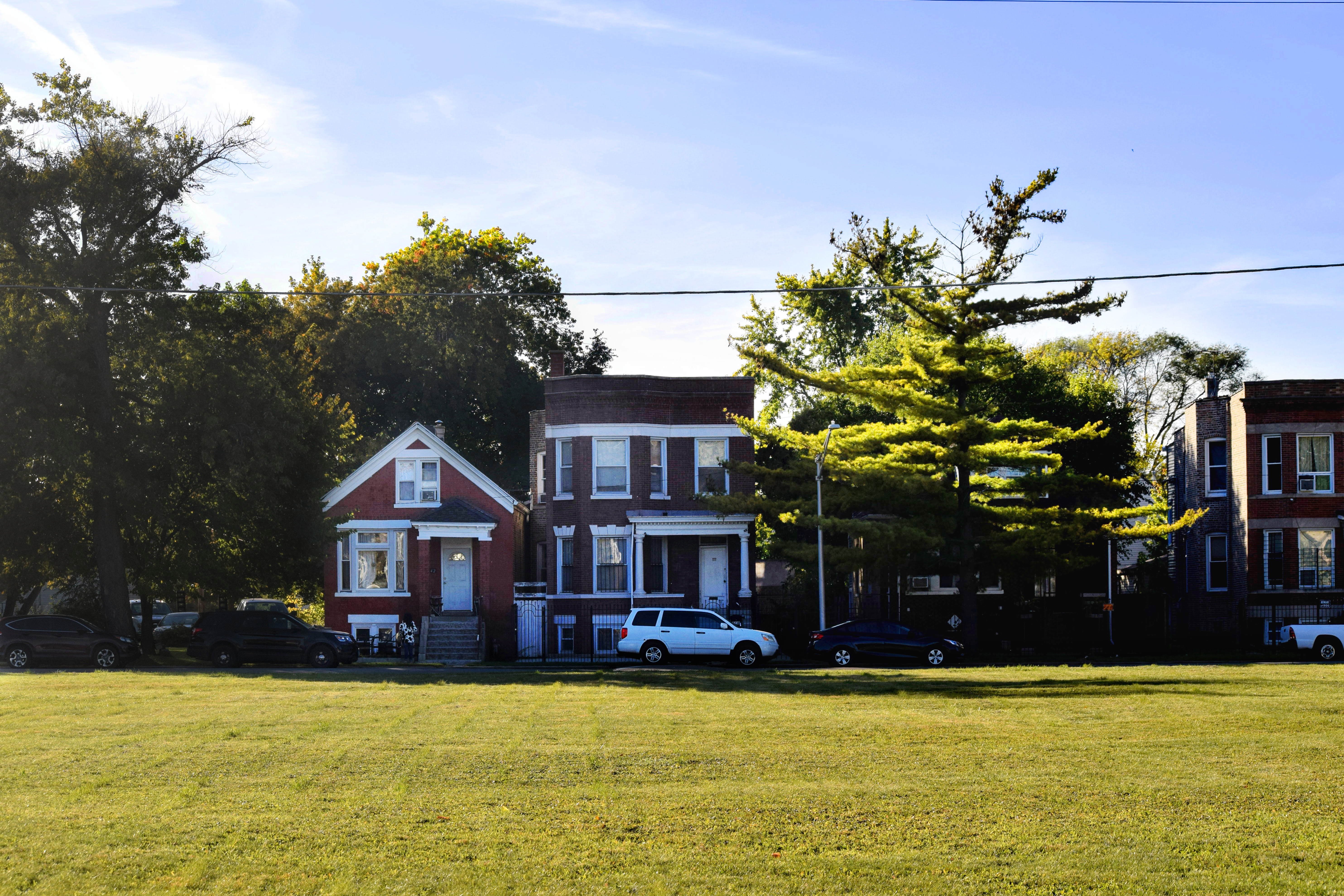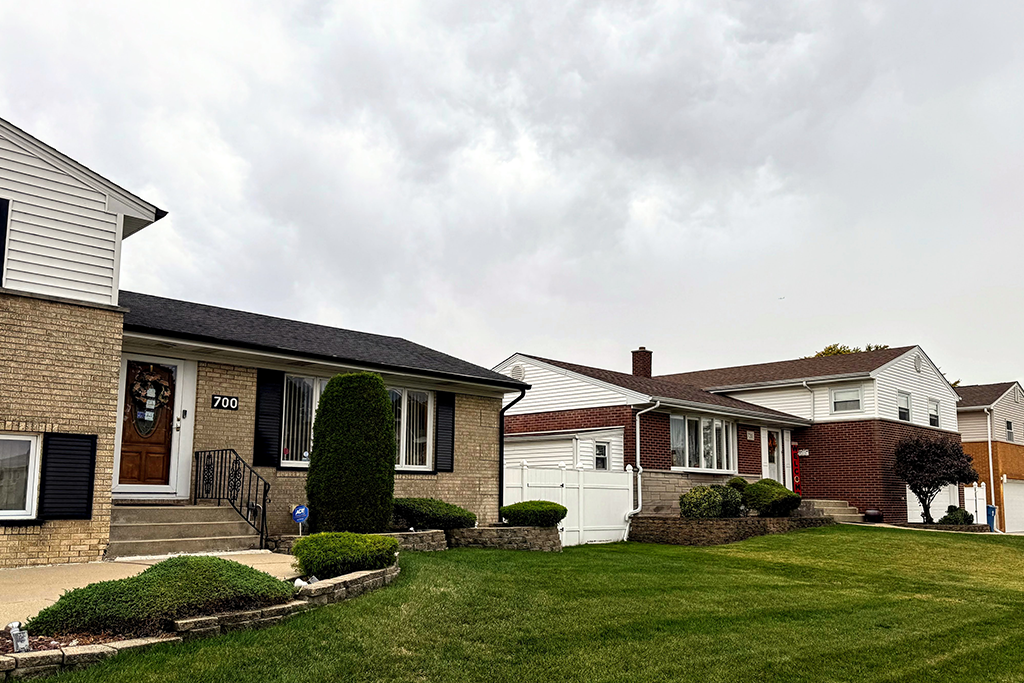This is the third in a series of posts discussing residential vacancy in Chicago and suburban Cook County.
In the first post in this series, we examined patterns of and discussed the negative outcomes associated with long-term residential vacancy and abandonment in Chicago and in suburban Cook County. Data presented showed that the County’s long-term vacant addresses are concentrated in highly foreclosure-distressed census tracts. The second post looked at a new Illinois law, Senate Bill 16, which allows the fast-tracking of abandoned homes through the foreclosure process and is, in part, intended to help stop the cycle of homes in foreclosure contributing to the stock of blighted, vacant properties. In this final post, we’ll examine another recently passed but even broader policy intervention meant to address the negative outcomes associated with vacant property: The Cook County Land Bank Authority.
The ordinance creating the Cook County Land Bank was passed unanimously by the Cook County Commission in January of this year. It allows for a Land Bank entity that can acquire land that is potentially contributing to neighborhood blight for a number of different reasons, including: long-term vacancy, the presence of distressed or abandoned buildings, tax-delinquency, encumbered title, or undevelopable small or irregular lots that need to be assembled with other pieces of land in order to be redeveloped. The ordinance gives the Land Bank the ability to acquire land by a variety of means, including: purchase, gift, transfer, and tax-sale purchase. Additionally, the Land Bank has the ability to hold, lease, manage, and dispose of its inventory.
Across the country, land banks employ a variety of strategies. These strategies are informed by factors such as the amount of vacant land they potentially may have to secure, regional planning goals, and the relative strength of the housing markets within the area they cover. In Cook County, the land bank will attempt to target specific priority areas “to stabilize the market by being a catalyst for reuse, redevelopment, and repurposing of properties.” The Land Bank’s initial proposal envisions acquiring no more than 2,300 properties each year in its first two years and approximately 2,475 in its third year.
A key factor influencing the Cook County Land Bank Authority’s specific strategies will likely be the level of demand for development in the areas it targets. Land banks often serve one of two specialized functions depending on the local demand for land. In areas with no immediate demand, they can act as efficient and tax-free holders of land for future uses, securing property tax-free until demand returns. In areas where demand exists, but liens and unclear title on properties serve as barriers to their reuse, land banks can act as facilitators that clear title and debt in order to sell or transfer land to parties capable of immediate redevelopment.
As further outlined in the Land Bank’s proposal, in Cook County, much of the initial Land Bank inventory will likely be Real Estate Owned (REO) properties donated by financial institutions, servicers, and government agencies. The map below highlights concentrations of REO properties in areas with different levels of long-term vacancy. The red dots on the map represent one-to-four unit properties that completed the foreclosure process and entered REO status beginning in 2005, but had not exited that status via a property sale as of the end of 2012. Dark blue areas are those where over five percent of residential addresses have been vacant more than 24 months. While there is remaining inventory in areas across Cook County, the patterns show that much of the likely remaining inventory is in clusters in census tracts with high levels of long-term vacancy. This is not surprising since REO are typically vacant and are likely contributing to the overall vacancy rate.
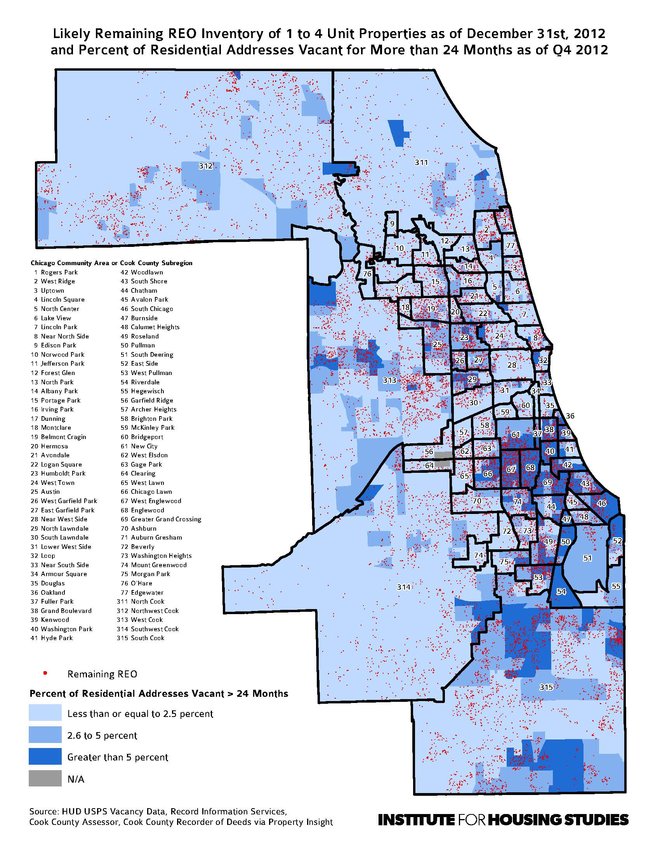 Map showing vacancy level in Cook County as of 4Q 2012 and likely remaining REO inventory as of December 31, 2012
Map showing vacancy level in Cook County as of 4Q 2012 and likely remaining REO inventory as of December 31, 2012
As seen in the map above, a large share of the County’s likely REO inventory is in areas with high-levels of long-term vacancy indicative of low-levels of demand. If the Land Bank were to acquire inventory in these areas, it would likely have to pursue the “secure and hold” strategy outlined above until demand were to return to these areas.
As the Cook County Land Bank Authority begins acquiring properties, and as Senate Bill 16 is implemented, look here for updates and analysis on how they are applied as crucial tools in preventing and mitigating vacancy-associated blight in Cook County.
To be notified about new blog posts and to give us feedback, follow us on twitter, like us on Facebook, or join our LinkedIn Group.
